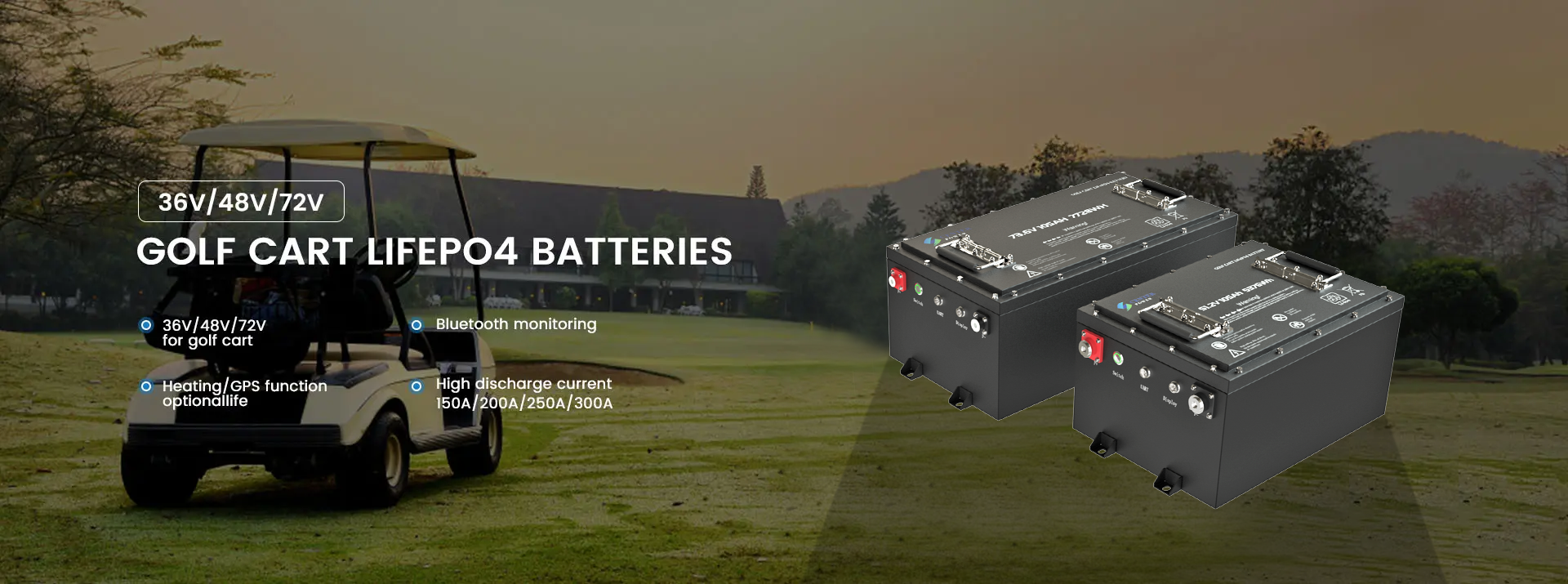
Charging a dead wheelchair battery without a charger requires careful handling to ensure safety and avoid damaging the battery. Here are some alternative methods:
1. Use a Compatible Power Supply
- Materials Needed: A DC power supply with adjustable voltage and current, and alligator clips.
- Steps:
- Check the battery type (usually lead-acid or LiFePO4) and its voltage rating.
- Set the power supply to match the battery's nominal voltage.
- Limit the current to around 10–20% of the battery’s capacity (e.g., for a 20Ah battery, set the current to 2–4A).
- Connect the power supply’s positive lead to the battery's positive terminal and the negative lead to the negative terminal.
- Monitor the battery closely to avoid overcharging. Disconnect once the battery reaches its full charge voltage (e.g., 12.6V for a 12V lead-acid battery).
2. Use a Car Charger or Jumper Cables
- Materials Needed: Another 12V battery (like a car or marine battery) and jumper cables.
- Steps:
- Identify the wheelchair battery voltage and ensure it matches the car battery voltage.
- Connect the jumper cables:
- Red cable to the positive terminal of both batteries.
- Black cable to the negative terminal of both batteries.
- Let the car battery trickle charge the wheelchair battery for a short time (15–30 minutes).
- Disconnect and test the wheelchair battery's voltage.
3. Use Solar Panels
- Materials Needed: A solar panel and a solar charge controller.
- Steps:
- Connect the solar panel to the charge controller.
- Attach the charge controller’s output to the wheelchair battery.
- Place the solar panel in direct sunlight and let it charge the battery.
4. Use a Laptop Charger (with Caution)
- Materials Needed: A laptop charger with an output voltage close to the wheelchair battery voltage.
- Steps:
- Cut the charger’s connector to expose the wires.
- Connect the positive and negative wires to the respective battery terminals.
- Monitor closely to avoid overcharging and disconnect once the battery is sufficiently charged.
5. Use a Power Bank (for Smaller Batteries)
- Materials Needed: A USB-to-DC cable and a power bank.
- Steps:
- Check if the wheelchair battery has a DC input port compatible with your power bank.
- Use a USB-to-DC cable to connect the power bank to the battery.
- Monitor charging carefully.
Important Safety Tips
- Battery Type: Know whether your wheelchair battery is lead-acid, gel, AGM, or LiFePO4.
- Voltage Match: Ensure the charging voltage is compatible with the battery to avoid damage.
- Monitor: Always keep an eye on the charging process to prevent overheating or overcharging.
- Ventilation: Charge in a well-ventilated area, especially for lead-acid batteries, as they may release hydrogen gas.
If the battery is completely dead or damaged, these methods may not work effectively. In that case, consider replacing the battery.
Post time: Dec-20-2024





